- Home
- [Beginning of Sake] - Let's learn more about Sake!
- 2. Explain the brewing way and characteristics of the six typical types of alcohol beverages!
2. Explain the brewing way and characteristics of the six typical types of alcohol beverages!
- 2020/10/26
- Write comment

In the previous article, “Brewed, Distilled and Mixed liquor, 3 types of alcohol classified by manufacturing methods and characteristics!“, I explained the basic classification of alcoholic beverages.
Alcoholic beverages is divided into three types: brewed, distilled, and mixed alcoholic beverages, depending on the basic manufacturing method.
In addition, alcoholic beverages is classified into various types, depending on the raw materials, the alcohol content, the area where it is produced, and other factors.
If you remember how to brew each alcoholic beverages and its characteristics, it will deepen your knowledge.
This time, I will explain how and the features of six typical types of alcoholic beverages, such as Sake, wine, and beer.
Let’s learn about how to brew alcoholic beverages and its features.
Contents
What about Sake?
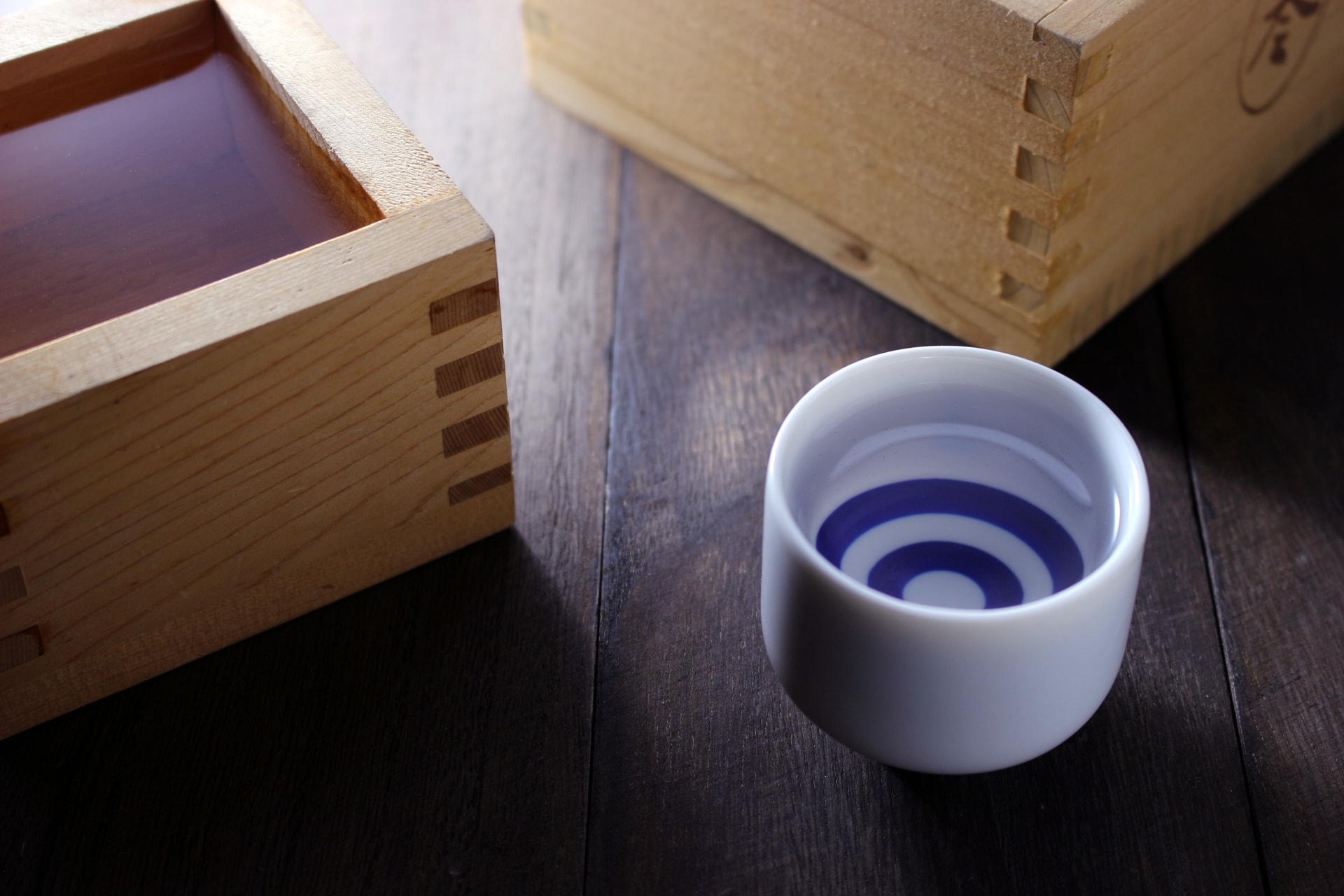
Sake is the brewed alcoholic beverages. “The ingredients are “rice” and “rice koji(A kind of mold)”.
Rice does not contain sugar. However, rice starch is converted to sugar by using rice koji, and alcohol fermentation is performed using the sugar.
Simultaneous of saccharification and alcohol fermentation, the “Multiple parallel fermentation”, is a sophisticated technology that is rarely seen in the world.
Sake is divided into eight types according to its raw materials and milled rice ratio.
If you look at the sake, you will find names such as “daiginjo-shu”, “ginjo-shu”, and “special junmai-shu”.
These are called “Tokutei-meisho-shu (specially designated sake)” and are important when classifying sake.
Japanese sake is divided into ‘ junmai-shu ‘ and ‘ honjozo-shu ‘ depending on the ingredients.
Sake is first classified into two categories by “raw materials.”
- Junmai-shu : rice and rice koji
- Honjozo-shu : rice and rice koji with addition of limited volume of brewers alcohol
“Junmai-shu” is sake that uses only rice and rice koji. “Honjozo-shu” is made by adding a small amount of alcohol to “Junmai-shu”.
Those that do not fall under either category are called “Futsu-shu (ordinary sake)”. This is not a “Tokutei-meisho-shu”.
Sake is divided into four types according to the rice-polishing ratio
The categories of “Junmai-shu” and “Honjo-shu” are divided into four categories according to the “rice-polishing ratio”. The four is “ordinary”, “special”, “ginjo-shu”, and “daiginjo-shu”.
“Rice polishing ratio” is the percentage of rice left after shaving the surface layer from the condition of brown rice to make white rice.
Sake is divided into eight categories depending on the materials and the rice polishing ratio.
Sake is classified as two types by “materials” and four types by “rice polishing ratio”. Therefore, sake can be divided into eight types.
The above is summarized in the table below.
| Ordinary sake (as of “Honjozo-shu”, the rice polishing rate is 70% or less) | Special sake ( the rice polishing rate is under 60% or brewed by special process) | Ginjoshu (the polishing ratio is 60 % or less and brewed by method for making ginjo-shu) | Daiginjoshu (the polishing ratio is 50 % or less and brewed by method for making ginjo-shu) | |
| “Honjozo-shu” | Honjozo-shu | Special honjozo-shu | Ginjo-shu | Daiginjo-shu |
| “Junmai-shu” | Junmai-shu (*) | Special Junmai-shu | Junmai Ginjo-shu | Junmai Daiginjo-shu |
Sake is an alcoholic beverage made from rice, a simple ingredient.
Therefore, the taste changes depending on not only the material but also the rice polishing ratio.
Generally speaking, the high rice polishing ratio makes the sake with a modest aroma and condensed umami(taste) of rice.
If the rice polishing ratio is low, the sake will have a high aroma and produce a clear taste.
Understanding the “Tokutei-meisho” makes it possible to predict the taste and flavor to some extent.
What about wine?
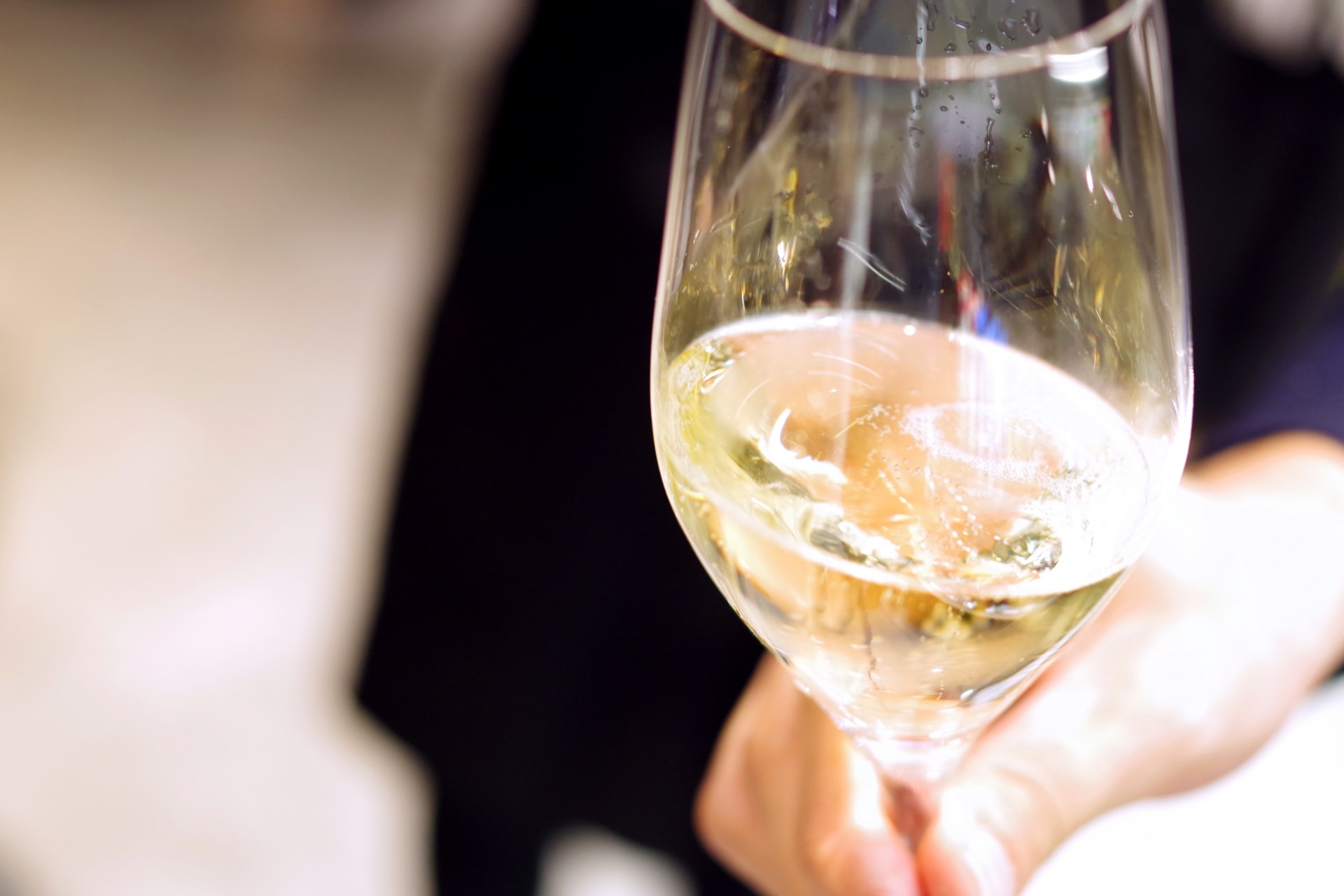
Wine is a brewed liquor made from grapes.
Grapes themselves contains sugar, it does not need to be saccharified. Alcoholic fermentation proceed spontaneously.
Wine is directly connected to the flavor of the grapes themselves.
Four types of wine
[Types of Wine]
| Name | Features |
| Still Wine | Carbon dioxide-free wine |
| Sparkling wine | Wine containing carbon dioxide |
| Fortified wine | Wine with high alcohol content |
| Flavored wine | Wine flavored with herbs and fruits |
In general, wine is classified into the four types listed above.
Among these wines, Still Wine refers to wines that do not contain carbon dioxide, such as red wine, white wine, and rose wine, and is preferred in our lives.
Differences between red and white wines
What’s more, what I want to remember to know about wine is the difference between red and white wine. The difference is primarily due to the difference in the way the grapes are throttled.
After the red wine is harvested, the peel and seeds are also converted into juice and fermented.
White wine, on the other hand, ferments only fruit juice after harvest.
The color that determines the appearance of red wine and white wine, and the astringency that is characteristic of the difference in taste, are produced by the difference in the brewing process.
The color of red wine comes from the peel, and the astringency, which is a characteristic of taste, from the seed.
Therefore, the color is red or deep purple, and the taste is astringent.
White wines does not contain peel or seeds.
Therefore, the color becomes white or yellowish.
Various flavors of taste exist, ranging from spicy to acid and sweet.
What about beer?

Beer is a brewed liquor made from malt or hops.
Rice, corn, starch, etc. are also used as secondary materials.
When making beer, it is common to make beer by a manufacturing process called “Multiple sequential fermentation”.
Like sake, beer undergoes saccharification and alcohol fermentation separately.
Three types of beer Fermentation methods
[Ways and Types of Beer Fermentation]
| Fermentation process | Type |
| Lager (bottom fermentation) | Pilsner, Dortmunder, Bock, etc. |
| Ale (top fermentation) | Ale, porter, stout, etc. |
| Natural fermentation | Lambic, etc. |
Beer is divided into three types depending on the fermentation method.
What about Lager (bottom fermentation)?
“Lager” is a standard beer in Japan as well.
“Kirin Lager” and other products are available under a variety of brands from domestic manufacturers.
Lager beer is produced by fermenting at low temperatures around 10℃ using cultured yeast.
The maturation period is about several months.
In the fermentation process of Lager, the fermentation is called “bottom fermentation” because the yeast sinks under the tank.
“Lager” means “storage” in German. They are called “Lagers” because they are consumed after they have been “stored” for several months after beer has been made.
Until the 19th century, it was technically difficult to store at low temperatures, so this “Lager” beer was only made and consumed in some parts of Germany.
When coolers were invented, “Lager” beer became produced in other regions. Previous beers were predominantly top-fermented beers called “Ales”. Since the 19th century, when chillers were invented, “Lager” has become the mainstream of beer instead of “Ale”.
The taste is refreshing, has a moderate bitterness, and is a familiar even in Japan.
What about Ale (top fermentation)?
“Ale” is sold as “Kraft beer” or “Local beer” in Japan.
This beer is fermented using cultured yeast at room temperature of around 20℃. The aging period is as short as several weeks.
In contrast to Lager, yeast floats on wort during the fermentation process. For this reason, it is called “top fermentation”.
As I introduced in the explanation of “Lager”, until “Lager” became popular in the 19th century, when they talked about beer, they meant this “Ale”.
This is because Yale can be made in a short period of several weeks at room temperature, making it easy to make.
The taste has a strong aroma and bitterness.
Its rich flavor is characteristic.
What about a Natural Fermentation?
“Natural fermentation” is a beer made from wild yeast.
Both Ale and Lager are made using yeast cultured by humans to make beer.
“Naturally Fermented” beer is produced without the use of such artificial yeasts.
Until humans discovered yeast, all beer was produced by this natural fermentation.
In the sense that fermentation-promoting yeast is not added artificially, it can be said that it is produced by a method similar to wine when compared with Lager and Ale.
It is characterized by its cheeselike aroma and sourness.
In the sense, it has a sour taste, it tastes more like wine or champagne than beer.
What about Shochu?
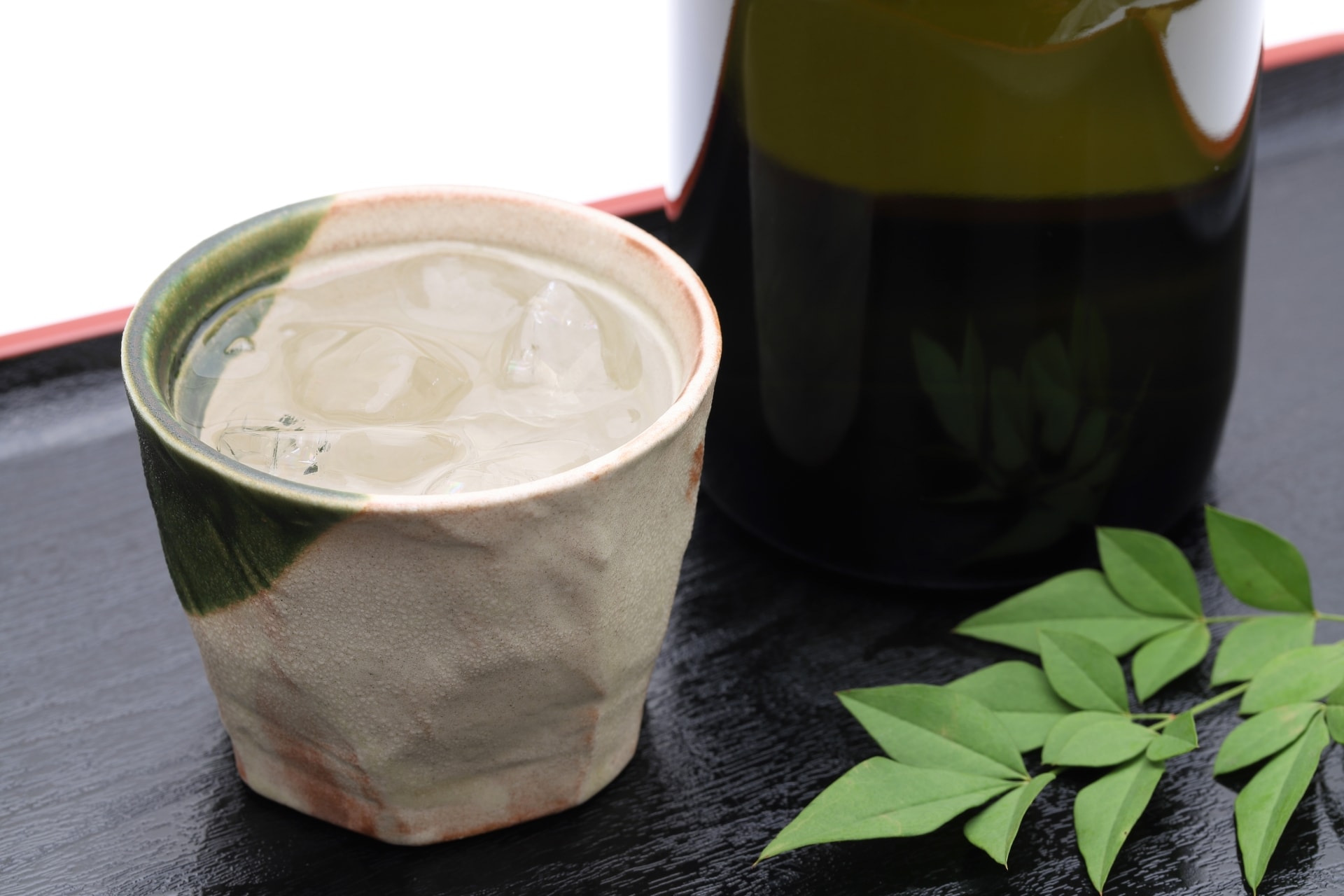
[Type of Shochu]
| Name | Raw materials | Alcohol content | Manufacturing method | Taste |
| Continuous distilled Shochu | Waste molasses, sake cake, etc. | Less than 36℃ | Repeat distillation several times | Little individuality in taste |
| Simple distilled Shochu | potato, barley, rice etc | 45°C or less | Distill once | There is a distinctive taste based on materials, and the taste derived from materials is characteristic. |
Shochu is an alcoholic beverage that falls under the category of distilled liquor.
The classifications of Shochu were once classified as “Ko-rui” and “Otsu-rui”.
Since 2006, they were changed to “continuous distilled shochu (former Ko-rui)” and “simple distilled shochu (former Otsu-rui)”.
Both are classified according to the Liquor Tax Act in Japan.
I don’t know whether it has become easier to understand or not.
In any case, each is defined by the Liquor Tax Act.
The above table briefly summarizes the features.
Characteristics of potato, barley and rice shochu
Potato, barley, and rice are standard materials for shochu.
Let’s remember this feature as well.
- Potato shochu : Distinguished by its distinctive flavor and strongly asserted flavor. Since it has unique taste, the characteristics is kept even if it is made to be water split.
- Barley shochu : Characterized by its fragrant aroma. A wide range of flavors, from high and delicious flavors to clear flavors
- Rice shochu : Strong aroma and sweetness of rice. Somewhat fruity aroma and flavor similar to ginjo-shu in sake
Thus, the taste of shochu differs depending on the materials and manufacturing methods.
In addition to potatoes, wheat, and rice, shochu made from buckwheat and brown sugar is often seen.
Recently, there are also shochu made from Shiso, tomatoes, sesame, etc. Each of them has a flavor that reflects the ingredients, so I think it would be interesting if you try it once.
What about Whisky and Brandy?
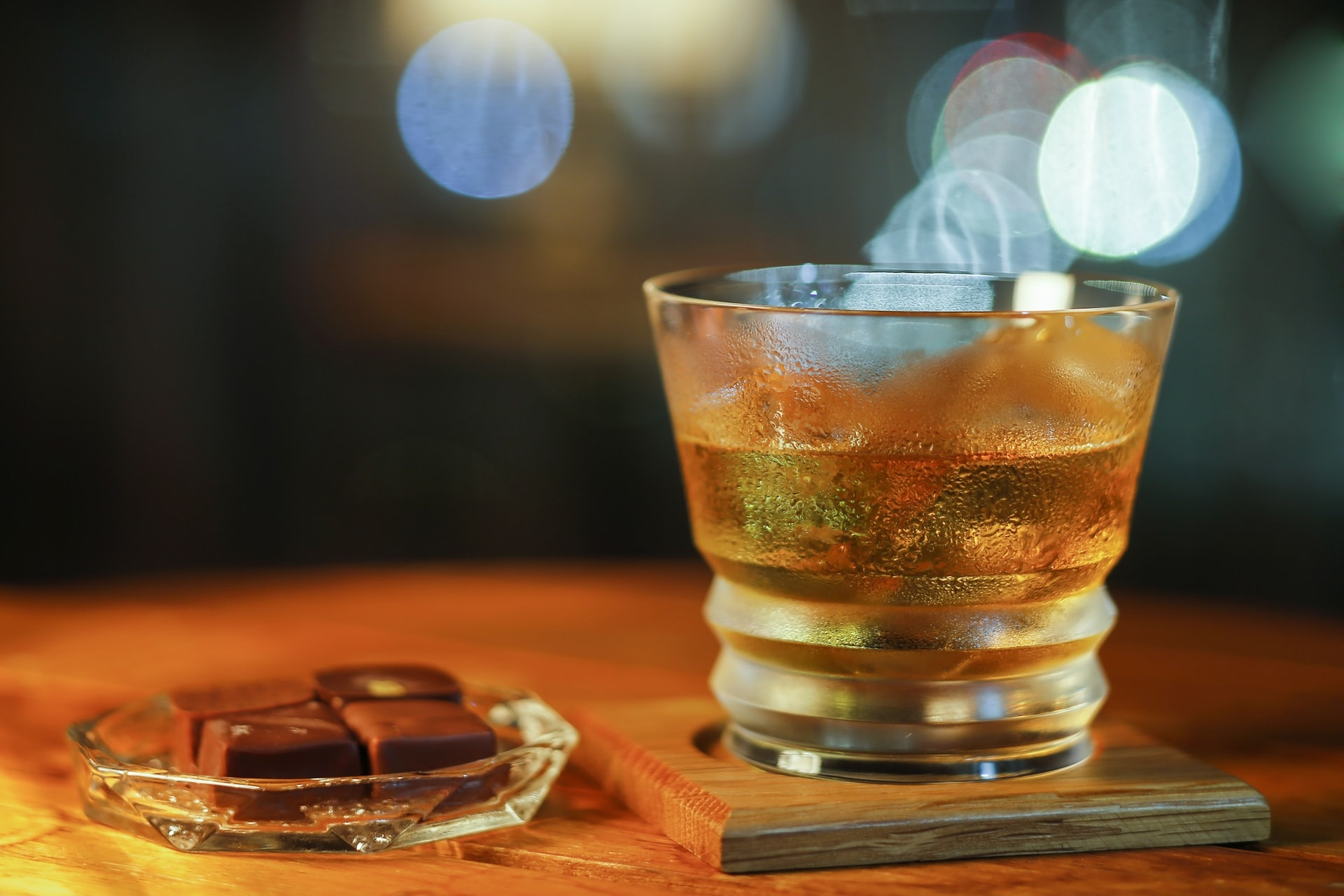
Whiskey and Brandy are both liquors that fall under the category of spirits.
The raw materials for whisky are barley, rye, and corn.
The production of whisky is divided into two stages.
First, starch is saccharified using enzymes contained in malt that has germinated malt, and alcohol fermentation is promoted to produce a whisky-based liquor called “wash”.
It is then distilled and packed in wooden barrels and aged for several years.
Since whisky is a distilled liquor, its alcohol content is high.
What we often see is that the alcohol content is high at around 40%.
Whisky is classified by “Material” or “Place of Production”.
In the classification by “Materials,” the following are famous: “Malt Whisky”, which uses only barley malt as a raw material, “Grain Whisky”, which is produced by adding barley malt to grains, and “Blended Whisky”, which is a blend of both.
Classification by “Place of Production” is based on the grouping of the place of production, such as “Scotch whisky” and “Irish whisky”.
5 Greatest Whiskies in the world
There is a whisky called “5 Greatest Whiskies in the world” based on the classification by place of production.
[5 Greatest Whiskies in the world]
| Name | Content |
| Scotch Whisky | Whiskey made in Scotland. The world’s largest production volume. |
| Irish whisky | Whisky manufactured in Ireland. It is made by distillation three times. |
| American Whisky | Whiskey manufactured in the United States. The famous are Barbons and others. |
| Canadian whiskey | Whiskey made in Canada. Characteristically, it has a taste easy to drink. |
| Japanese whiskey | Although it has the shortest history among the five greatest whisky, it has become increasingly popular in recent years. |
* This list is made by the Japanese and 5th Brand is changed depending on individuals.
Whisky is referred to as whisky, but whisky has a different aroma and flavor depending on where it is produced and the manufacturer.
Here, we’ve picked up five greatest whisky.
Whiskey is also made in other countries.
Whisky based on the Scotch whisky method is produced in countries that were once colonies of England.
Among them, India, in particular, seems to have seen an increase in whiskey production in recent years.
There are many Brandy.
Brandy is produced mainly by distilling white wine. For this reason, the material is mostly grape.
Brandy, like whisky, produces a distinctive taste and flavor by placing the distilled stock solution in a barrel and aging it.
Since whisky was born in Britain and Ireland, it is produced mainly in countries that were British colonies.
On the other hand, brandy is a liquor made by distilling wine, so it is made in European wine-producing countries.
Among them, it is produced most in France, where wine production is flourishing.
“Kognac” and “Almanac”, which are famous brandy brands, are district in France.
Hennessee and Remiemartan are brands made in Kognac, France.
Brandy is classified by the age of maturity. Rather than saying “classified,” it may be more appropriate to say “graded.”
Depending on the brand, they are generally graded as follows.
[Brandy grading]
| One star | : | Those aged 3-4 years |
| Two stars | : | Those aged 5-6 years |
| Three stars | : | Those aged 7-10 years |
| VO | : | Aged for 11-15 years (abbreviation of Very Old) |
| VSO | : | Those aged 16-20 years (abbreviations for Very Superior Old) |
| VSOP | : | Aged for 20-30 years (abbreviation for Very Superior Old Pale) |
| VVSOP | : | Aged for 30 years or more (abbreviation of Very Very Superior Old Pale) |
| Napoleon XO, Extra | : | Highest grade |
Occasionally, “Napoleon” is treated as a brand. However, there is no brand or brand name for Napoleon.
The term “Napoleon” is used as a “grade” in each brand.
At the beginning of this section, I wrote “Most of the materials of Brandy are grapes”.
However, some brandy materials are not grapes.
One example that is familiar to Japan is Calvados.
This is a brandy made from apple.
Other products include Kirshvassa, which is made from cherry, and Slivovitz, which is made from plum.
What about Spirits and Liqueur?
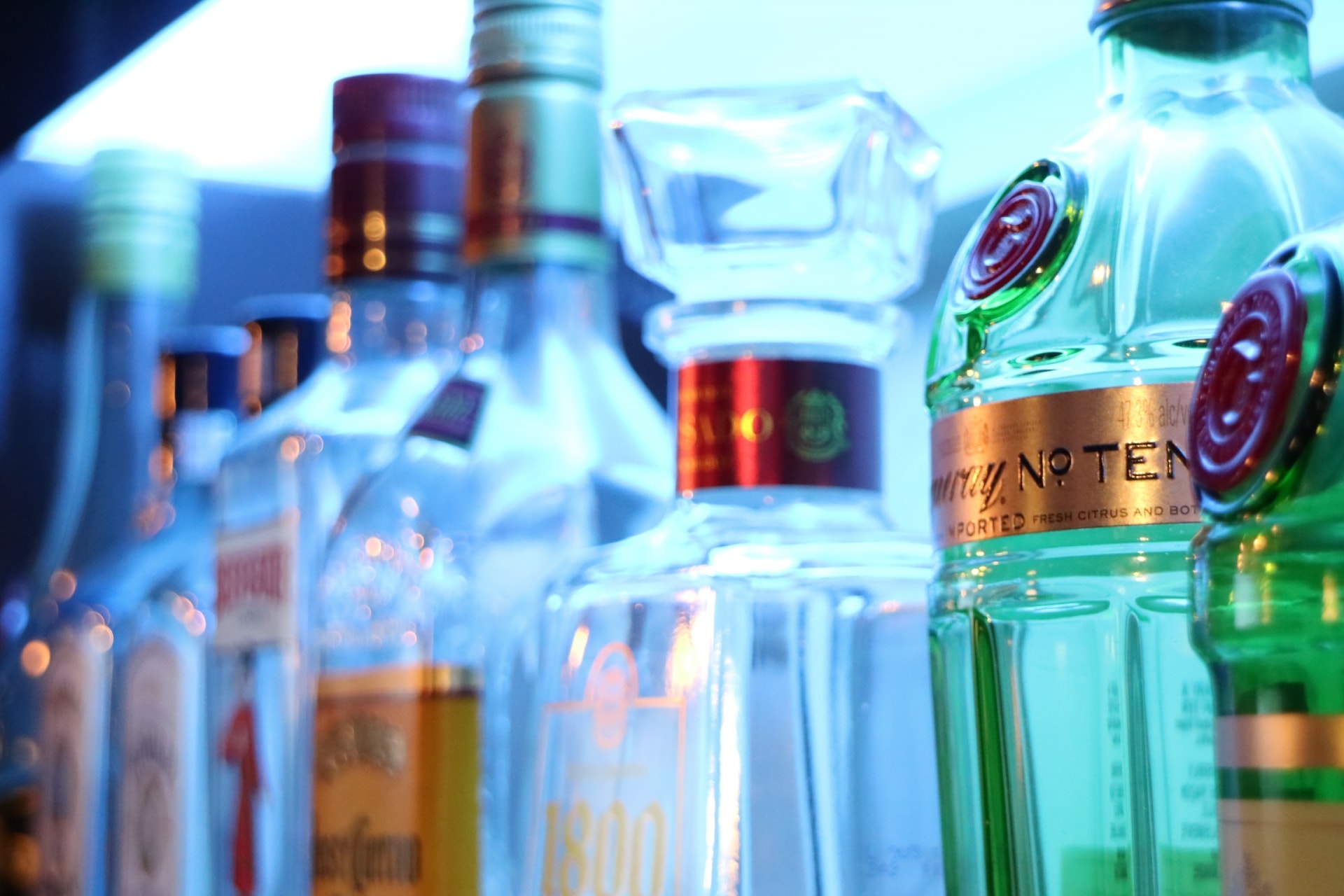
Spirits and Liqueur are both distilled liquors with high alcohol content.
[Four Spirits of the World]
| Name | Materials |
| Gin | Cereal, juniper, berries, etc. |
| Wocker | Cereal, corn, etc. |
| Ram | Sugarcane |
| Tequila | Liuzetsuran (such as molasses as a secondary raw material) |
The above spirits are called the four major spirits in the world.
Other products include Aquavit, which is made from potatoes made in North Europe, and Arac, a traditional liquor made in the Middle East using nut palms and grapes.
There are four types of liqueurs.
Liqueur, on the other hand, refers to distilled liquor flavored with fruits or fragrances.
The main categories are “fruit-based”, “seed-based”, “herbal”, and “special”.
As a liqueur of “fruit-based”, Umeshu (made by plum) is most famous for Japanese people.
Other examples is “Claim de Casis”, which is famous in Japan, used in Casis Orange or Casis Oulon.
“Seed-based” liqueurs include “Karua”, famous for Karua milk, made from coffee beans and sugar cane spirits.
“Campari”, used in Campari orange, is a representative liquor for “herbal”.
“Campari” has not been elucidated. Therefore, it is not clear what materials are used.
“Bailey” is cited in “Special-type” liquor.
It is liqueur native to Ireland, made mainly from cream and Irish whisky.
Let’s remember the typical way and features of alcoholic beverages!
We have introduced typical ways and characteristics of alcoholic beverages.
We usually drink alcoholic beverages, but not many people know how to make them and their characteristics.
At first glance, it seems hard to remember. Basically, however, all liquors are classified into three types: brewed liquor, distilled liquor, and mixed liquor.
Even for the same alcoholic beverages, it’s interesting that they are made entirely different depending on the raw materials and manufacturing methods.
If you remember these ways and characteristics of alcoholic beverages, you can use as a topic.
Also, knowing it, you can taste alcoholic beverages differently.
Please use this article as a reference to remember the types of alcoholic beverages.
The next time is the third ” The taste of sake can be divided into “four types”!”
[References] NPO FBO/ Hioki Haruyuki/Omori Kiyotaka/Itaba Masayoshi/Nagata Suguru, “MOTOI of MOTENASHI”, NPO FBO 2017
SAKE SERVICE INSTITUTE(SSI), “MOTOI of NIHONSHU”, NPO FBO 2018
It's our great pleasure if this article is helpful for you.
Comment (0)
No trackbacks yet.










No comments yet.